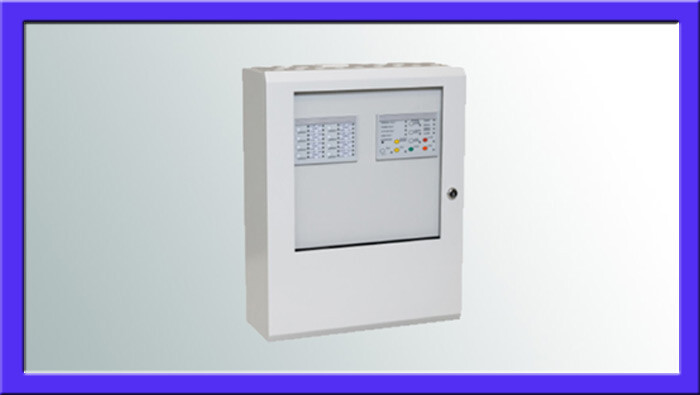Welcome to our comprehensive fire safety guide, where we will be discussing the importance of building occupant warning systems (OWS) and their use by emergency personnel and wardens. In this article, we will explain what an OWS is, why it is necessary in a building, how to install it, the key components involved, and how to use it during emergencies.
What is an Occupant Warning System (OWS)?
Definition of an Occupant Warning System
An occupant warning system (OWS) is a crucial component of a building’s fire safety measures. It is designed to provide early warning to building occupants in the event of a fire or other emergencies, allowing them to evacuate quickly and safely.
Importance of an Occupant Warning System
The importance of an OWS cannot be overstated. It plays a vital role in alerting occupants to potential dangers, giving them the precious time needed to evacuate before a fire or other emergency becomes life-threatening. Without an effective warning system in place, building occupants may be unaware of the danger until it is too late to escape.
How does an Occupant Warning System work?
An OWS typically consists of various components such as fire alarms, detection equipment, emergency alert panels, and public address systems. When a fire or emergency is detected, the alarm system triggers an alert, sending a warning message through the public address system, which can include both audible and visual signals. This ensures that occupants receive clear instructions and information about the emergency, enabling them to take appropriate action.
Why is an OWS necessary in a building?
Legal requirements for an Occupant Warning System
In many countries, including Australia, it is a legal requirement for buildings to have an occupant warning system installed. This is due to the crucial role it plays in ensuring the safety of building occupants during emergencies.
Benefits of having an Occupant Warning System
Having an OWS in place offers numerous benefits. It provides early notification of potential dangers, reduces panic and confusion during emergencies, aids in the orderly evacuation of occupants, and increases the chances of survival and injury prevention.
Types of Occupant Warning Systems
There are different types of OWS available, including audible and visual systems, as well as combined systems that incorporate both. The choice of system depends on factors such as the size and layout of the building, the needs of its occupants, and the specific requirements set by building codes and regulations.
How to install an Occupant Warning System?
Steps to install an Occupant Warning System
Installing an OWS requires careful planning and adherence to relevant building codes and standards. The process typically involves the installation of fire alarms, detection equipment, emergency alert panels, and public address systems, along with the necessary wiring and control systems.
Considerations for installing an OWS
When installing an OWS, several factors need to be taken into consideration, such as the building’s layout, the number of occupants, the specific hazards present, and the communication needs during emergencies.
Requirements for OWS installation in Australia
In Australia, the installation of an OWS must comply with the Building Code of Australia (BCA). The BCA sets out the requirements for fire safety measures, including the installation and maintenance of OWS in certain types of buildings.
What components are part of an Occupant Warning System?
Key components of an Occupant Warning System
An OWS consists of various components, including fire alarms, detection equipment, emergency alert panels, public address systems, and control and intercom systems. These components work together to ensure that occupants receive timely and clear instructions during emergencies.
Role of fire alarm and detection equipment in OWS
The fire alarm and detection equipment are at the core of an OWS. They detect the presence of smoke, heat, or flames and trigger the alarm system, initiating the evacuation process.
Importance of emergency alert panels in an OWS
Emergency alert panels play a vital role in delivering timely and accurate information to building occupants during emergencies. They are strategically placed throughout the building, allowing for easy access and clear communication of important instructions.
How to use an Occupant Warning System during emergencies?
Procedures for activating an OWS during a fire incident
In the event of a fire incident, the activation of the OWS should be done promptly and according to established procedures. This includes activating the fire alarm, initiating the evacuation process, and alerting emergency personnel.
Role of emergency wardens in operating an OWS
Emergency wardens play a critical role in operating the OWS during emergencies. They are responsible for ensuring the smooth operation of the system, coordinating the evacuation process, and assisting occupants as needed.
Instructions for evacuating the building using an OWS
When using an OWS for building evacuation, occupants should familiarise themselves with the system’s instructions as part of their regular training program and follow the designated evacuation routes. They should remain calm, help others if possible, and proceed to the designated assembly point outside the building.
